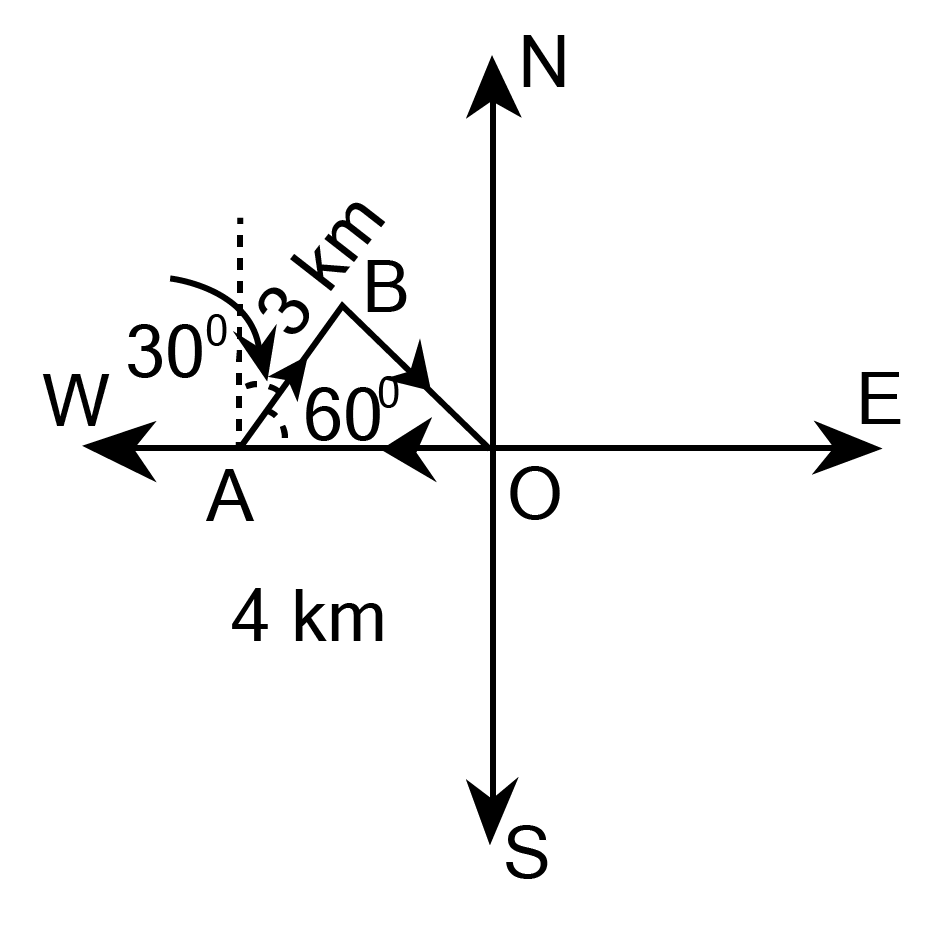NCERT Solutions for Class 12 Maths Chapter 10 Miscellaneous Exercise - Free PDF Download
FAQs on NCERT Solutions for Class 12 Maths Chapter 10 Vector Algebra Miscellaneous Exercise
1. What kind of problems are covered in the miscellaneous exercise?
The miscellaneous exercise in Chapter 10 deals with various concepts from vector algebra, including:
Operations on vectors (magnitude, direction cosines/ratios, scalar product, vector product)
Applications of vector product (finding the area of a parallelogram, finding the projection of a vector onto another)
Analytical geometry involving vectors (finding the equation of a line or plane using vector methods)
Identifying relationships between vectors (collinearity, perpendicularity)
2. Where can I find additional resources for practising miscellaneous exercise problems?
The NCERT textbook itself might provide solutions to some problems within the miscellaneous exercise section.
Vedantu offers comprehensive solutions and explanations for these problems. You can find them through a web search using terms like "NCERT Solutions Class 12 Maths Chapter 10 Miscellaneous Exercise Vector Algebra."
3. Vector Algebra sample questions?
Find the area of the parallelogram formed by vectors A = 2i + 3j and B = 4i - j. (This question requires using the vector product to calculate the area)
Find the equation of the plane passing through the points (1, 2, 3), (2, 1, 4), and (3, 0, 5). (This question involves using vectors to represent direction and solving for the plane equation)
4. How many questions are there in Vector Miscellaneous Class 12 Exercise?
The exercise contains 19 questions, varying in difficulty and type.
5. Are there any real-life applications of vector algebra covered in this exercise?
Some problems involve real-life applications like physics problems, force calculations, and directional vectors.
6. How can solving this exercise help in competitive exams?
It strengthens problem-solving skills and helps in understanding vector concepts, which are often tested in competitive exams like JEE and NEET.
7. What is the best way to approach solving the Miscellaneous Exercise?
Start by reviewing each concept, solve basic problems first, then gradually move to more complex ones. Consistent practice and revision are key.
8. How many marks are typically allocated to Vector Miscellaneous Class 12 questions in exams?
In board exams, vector algebra questions can range from 4 to 8 marks, depending on the complexity and type of question.
9. What is the significance of vector algebra in higher studies?
Vector algebra is fundamental in higher studies, especially in fields like physics, engineering, and computer science, where it is extensively used.
10. Can I find similar problems to practice apart from the NCERT textbook?
Yes, many reference books and online resources provide additional practice problems on vector algebra on the Vedantus website.

























